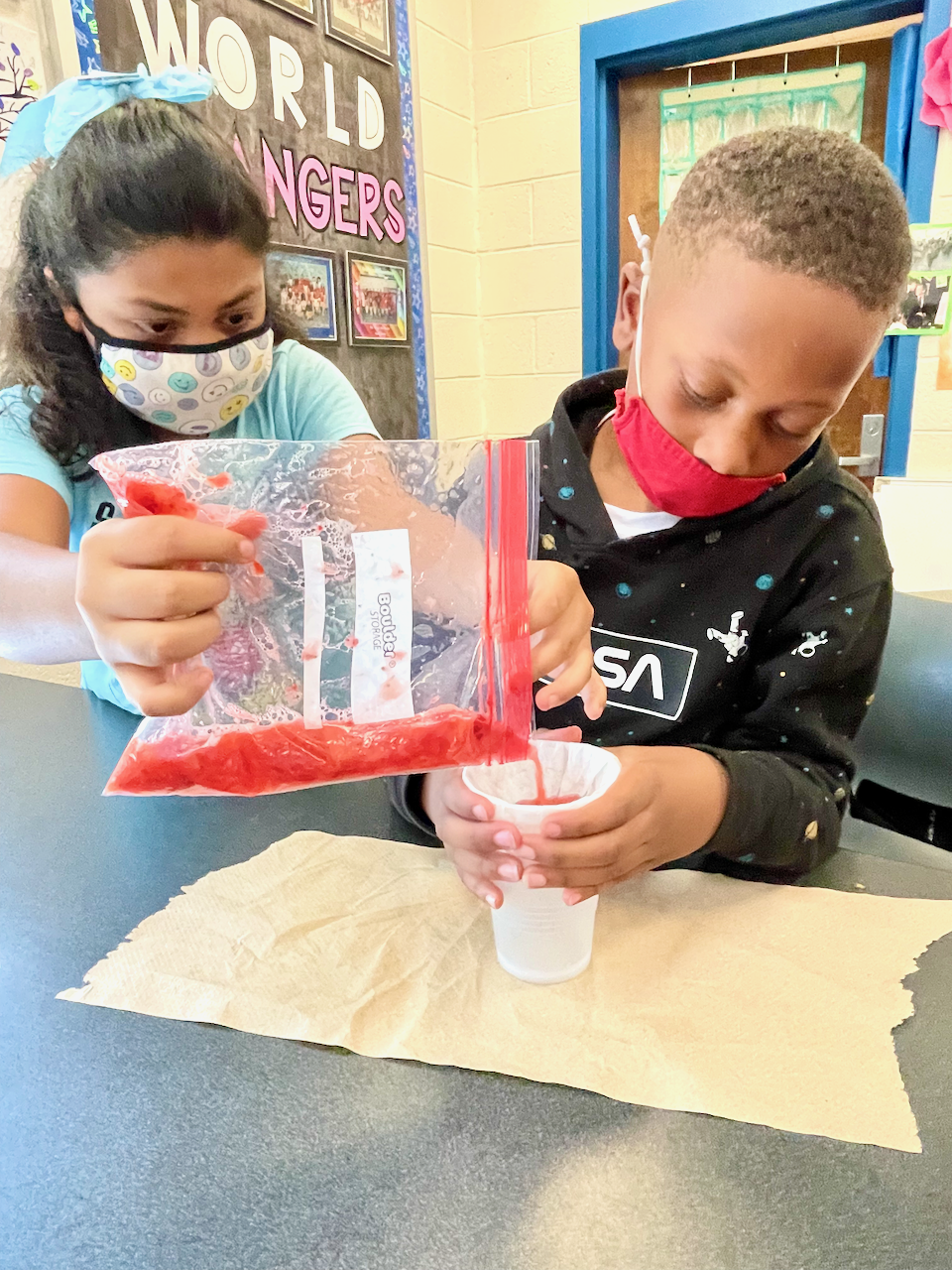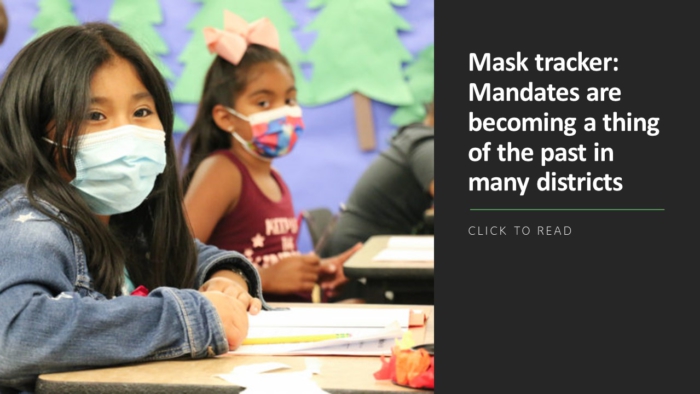Seeing students as the end-users, and their parents as the actual customers of an education system, is a shift school marketing teams are making in an era of increasing competition.
Public districts have held somewhat of a monopoly for decades, but now homeschooling in particular, as well as school choice, voucher programs and charters, are giving parents more options, says Andrew J. Smith, chief administrative and strategic planning officer for the Rowan-Salisbury School System in North Carolina. “The customers, in the most business-oriented definition, are the people who can choose and pay,” Smith says. “That’s parents. Very few 5-year-olds pick what school they go to.”
Rowan-Salisbury’s most significant competition comes from parents who choose to homeschool their children. The district’s strategic plan, therefore, covers specific strategies about parent satisfaction and making sure families feel they have a role in the decision-making process.
To convince parents to choose Rowan-Salisbury post-COVID, the district launched the Summit K-8 Virtual Academy as more than just a response to the pandemic. About 2,500 students are now enrolled.
Staff have also reached out to families who have left the district for homeschools to see what additional services they may need. “We told them we’d like to learn more about who they are,” he says. “We don’t want to just paint broad strokes of who homeschool parents are because they choose to homeschool for lots of different reasons.”

The district has tried to provide some virtual instruction in specialized subjects, such as algebra, to homeschool students, and also offer them spots on athletics teams or in other extracurricular activities.
Administrators have also prioritized building a brand that reflects the district’s values clearly, says Tracey Lewis, Rowan-Salisbury’s senior marketing officer. “A brand is so much more than your logo,” Lewis says. “It’s all about customer service. It’s about how you make customers feel when they interact with your organization, and we want our brand to be synonymous with extraordinary experiences.”
Achieving this requires a lot of listening and maintaining two-communication with the community over a variety of channels, including face-to-face meetings, social media, email and keeping the district website updated.
Another important step is leveraging productive and positive relationships with members of the local media to tell the district’s story and, therefore, promote the value proposition public schools offer families and members of the community who don’t have children in the schools, Lewis adds.”In order for us to best serve the community,” Lewis says, “to best support economic development and help to build a high-quality workforce that can obtain and excel in high-quality, high paying jobs, we have to make sure all community members and business partners understand what we’re offering and how they can support us in our work.”
Charleston County: What works for them
Working internally to help promote schools is another key role of a school’s marketing and communications teams, says Andy Pruitt, director of communications and technology at Charleston County Public Schools in South Carolina.
Pruitt’s department meets regularly with principals and representatives from each of the district’s schools to keep them up-to-date on the various ways they can get their messages out.
“You don’t have to hire a PR firm to do this—we can all be our biggest cheerleaders and promoters,” Pruitt says. “There are a lot of resources out there that don’t cost much or anything at all, but we can figure out how to adjust our schedules to embed engagement and promotion into everything we do.”

His team helps schools craft write-ups when staff members win awards. He also offers photography and videography tips so teachers can take captivating photos of science projects or other student accomplishments that can be shared on a school website and social media. Schools, for instance, have been encouraged to create student-of-the-month sections on their websites.
These messages can help sway families, including those moving to a new neighborhood, when they are researching their options for education.
“In this day and age, public schools, especially neighborhood schools, can no longer rely on the fact that all children living in the attendance zone are going to come to your school,” Pruitt says. “You need to tell them why they should come to your schools; parents of prospective students should know what’s going on inside those walls.”
His team also prioritizes getting news out as soon as it happens, particularly when it may become controversial. “If our board says we’re going to enforce masks, if they made that decision tonight, let’s get the news out tonight,” Pruitt says. “You never want t someone saying, ‘You didn’t tell me and you didn’t try to reach me in a variety of ways.'”
Charleston County Schools launched its mobile app during the pandemic, and it now has more than 12,000 users, and has also leveraged its YouTube channel to stream board meetings. Now, the district is reaching out to the community members to get feedback on spending on the latest round of ESSER funding.
“This is a different mindset educators have had to move into in the past decade,” Pruitt says. “There really needs to be a strategy about how you promote your school—the curriculum, a safe environment to learn, and effective teachers who are helping our students grow and providing life-changing opportunities.”









